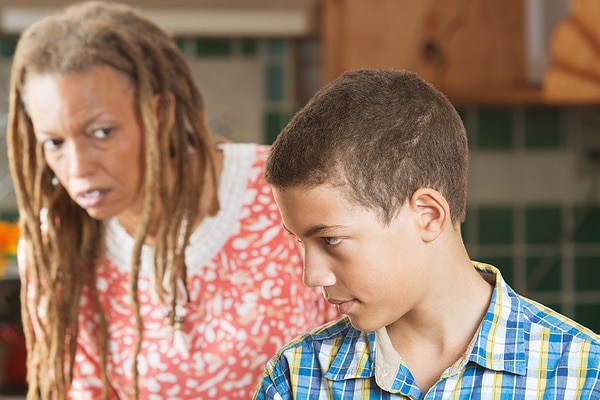There’s a flurry of apps around any phone. One, in particular, that stands out to parents is Kik. Here’s what you need to know about Kik, parental control apps, and how to manage the app.
What Is Kik?
Kik is an instant messaging app, available on iOS and Android, popular in part because it tends to preserve user anonymity better than similar apps. For example, you can log into Kik without providing a phone number, and messages sent over Kik are stored in the app, not on the phone directly like text messages. These features may make it appealing to some parents in terms of protecting their children’s anonymity online, while others may be troubled by the lack of accountability.
Is Kik Free?
Yes, but it does use either cellphone data plans or WiFi. So depending on your plan and how it’s used, it may have a negative impact on your data bill. Kik also has apps inside of it, some of which cost money, like The New York Times, and others that may not be appropriate, such as dating sites or apps aimed at adults for finding after-hours venues. Kik itself recommends that teens no younger than 13 be allowed onto to the app, for both safety and data management reasons.

What Can You Send on Kik?
Kik allows users to send text, photos, sketches, video, webpages, and other material. It also has video chat functionality, and users can be collected into groups in order to blast messages to a wider audience. It’s essentially the same as many other messaging apps such as WhatsApp in this respect. So any rules you have about those should transfer over to Kik.
What Parental Controls Are Available On Kik?
First, there are operating-system-level controls that you should consider implementing, for both iOS and Android. Remember to do so across all your device.
Secondly, Kik has several safety features, such as muting inbound messages from strangers. These again are similar to other messaging apps and are not particularly robust.
Finally, you can use third-party parental control apps to limit when Kik can be used. There are no filtering options available for chats, and as some topic chats may stray into either difficult topics you’d rather address directly, it may be necessary to block groups or block the app altogether.
Should I Allow My Teen To Have Kik?
Like any app, whether Kik is allowed or not is ultimately up to the parents. While it’s not particularly dangerous compared to other messaging apps, such as Facebook Messenger or TikTok, the lack of strong privacy tools onboard the app is something parents should consider before allowing kids to use the app.
To learn more about controlling private messaging apps with parental controls, try it for free!


Join the conversation